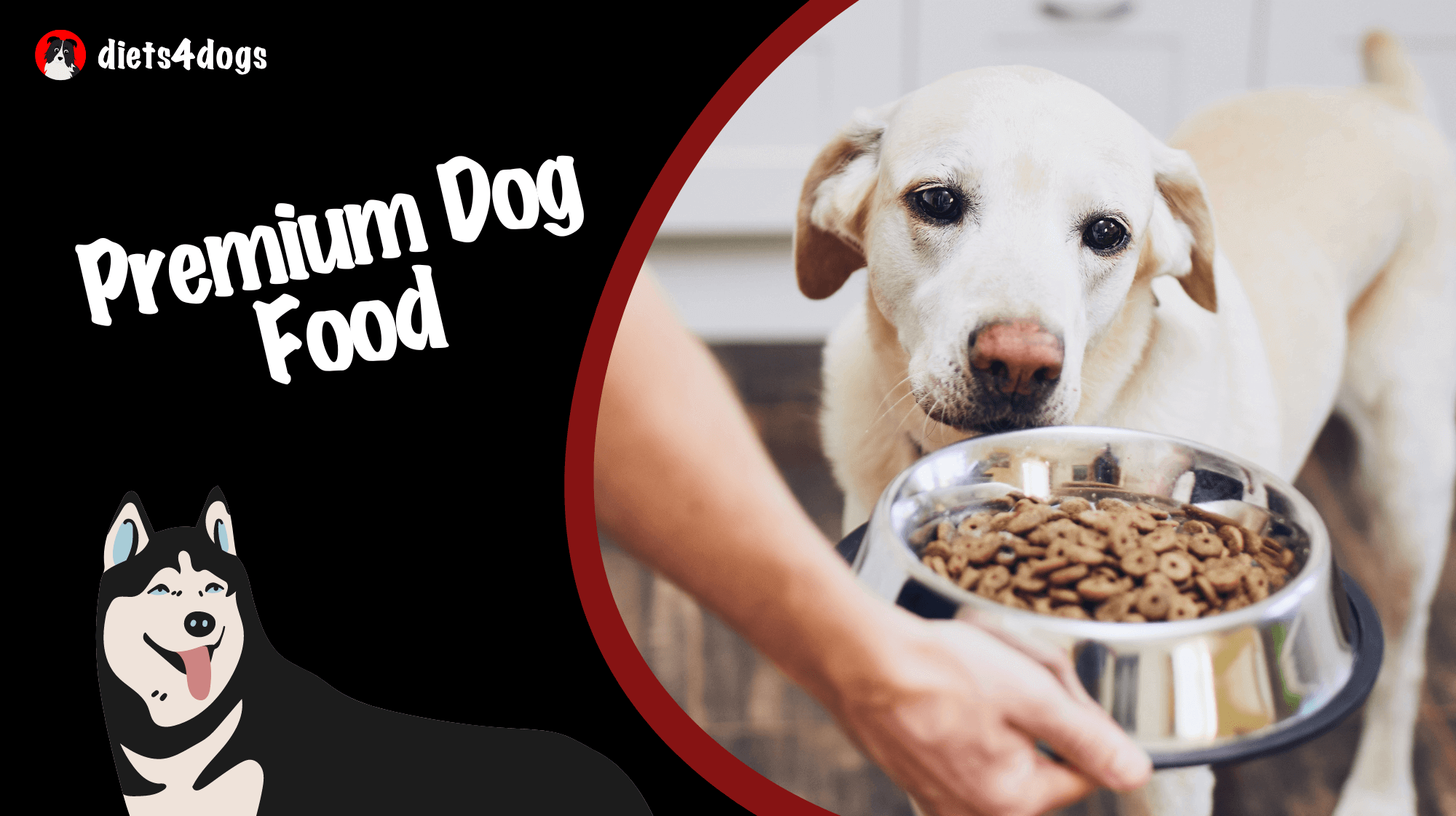Can Dogs Eat Tulips
No, dogs should not eat tulips. Tulips contain tulipalin A and B, which are toxic compounds for dogs. Consuming any part of the tulip plant, especially the bulb, can lead to vomiting, diarrhea, drooling, and other symptoms of poisoning in dogs. If your dog ingests tulips, consult your veterinarian immediately.
Can Dogs Eat Tulips: The Beautiful Danger
Tulips are undeniably beautiful and add a touch of elegance to any garden, but can dogs eat tulips? The short answer is no. This lovely flower poses a hidden danger to our furry friends. In this blog post, we’ll dive into why tulips are harmful to dogs, the symptoms of tulip poisoning, and how to keep your dog safe from tulips.
What Makes Tulips Dangerous for Dogs?
Tulips contain toxic compounds called tulipalin A and B. These substances are found in all parts of the tulip plant, with the highest concentrations in the bulb. When consumed by dogs, these toxins can cause a range of health problems and may even lead to life-threatening complications.
Understanding Tulipalin A and B
Tulipalin A and B are glycosides that break down into volatile and highly irritating compounds when ingested. These compounds can cause severe irritation and inflammation in a dog’s gastrointestinal tract, potentially leading to vomiting, diarrhea, and other symptoms of poisoning. In rare cases, these toxins can lead to more serious health issues, such as difficulty breathing or seizures.
Recognizing the Symptoms of Tulip Poisoning in Dogs
It’s crucial for dog owners to be aware of the signs of tulip poisoning so they can take prompt action if their pet ingests tulips. Symptoms of tulip ingestion in dogs typically manifest within a few hours, and may include:
- Vomiting
- Diarrhea
- Drooling
- Lethargy
- Loss of appetite
- Fever
- Increased heart rate
- Trouble breathing
- Seizures (in severe cases)
If your dog exhibits any of these symptoms after consuming tulips, seek immediate veterinary attention. Early intervention is critical to prevent complications and ensure the best possible outcome for your pooch.
Preventing Tulip Poisoning: Tips for Dog Owners
Dog owners have several ways to minimize the risk of their pets consuming tulips or any other toxic plants. Here are some practical tips for keeping your dog safe around these beautiful but potentially harmful flowers:
Create a Dog-Safe Garden Environment
When planning your garden, consider the plants that are toxic to dogs and avoid them. Choose pet-friendly alternatives instead. If you already have tulips or other toxic plants in your yard, either remove them or create a barrier to ensure your dog can’t access them.
Monitor Your Dog Outdoors
When you’re outside with your dog, keep an eye on them to make sure they don’t eat any plants or dig up bulbs. This is especially important in public gardens or parks where potentially toxic plants may be present.
Tulip Bouquets and Indoor Safety
If you love the beauty of tulips, be cautious when bringing them indoors. Keep fresh tulip arrangements or potted tulips out of your dog’s reach. Alternatively, consider using artificial tulips for decoration as they pose no risk to your pet.
Educate Yourself on Other Toxic Plants
Tulips are not the only plant dangerous to dogs. Familiarize yourself with the other toxic plants and flowers to ensure your pet’s safety. Some common examples include lilies, azaleas, daffodils, and sago palm.
Providing a Healthy Diet for Your Dog
It’s essential to offer your four-legged companion a balanced and nutritious diet to promote overall health. Many plants and flowers pose a risk to dogs, so it’s always a good idea to make sure that their nutritional needs are met through carefully chosen dog food. This reduces the likelihood that your dog will try to find additional nutrients by eating plants they encounter. By providing your dog with the appropriate diet, you’re not only ensuring their long-term health but also helping to keep them safe from toxic plants.
Remember, our furry friends are curious creatures that don’t always know what’s best for them. As responsible dog owners, it’s our responsibility to protect them from harmful substances like tulips and other toxic plants. By following the tips outlined in this blog post, you can create a safe and enjoyable environment for your beloved canine companion.
What to Do if Your Dog Eats Tulips
If you suspect your dog has consumed tulips, acting quickly may be key to preventing more severe symptoms. Here’s what you should do if your dog ingests tulips:
1. Assess the Situation
Check your dog for symptoms of tulip poisoning listed in the previous sections. If your dog shows signs of distress, it’s important to remain calm so you can provide them with the best possible care.
2. Contact Your Veterinarian
If you know or suspect your dog has eaten tulips, contact your veterinarian right away. They will assess the situation and provide guidance on what steps you should take next. If your dog is experiencing severe symptoms, your veterinarian may recommend immediate emergency care.
3. Collect Information
Prepare relevant information for your veterinarian, such as the approximate amount of tulip your dog has consumed, how long ago the ingestion occurred, and any symptoms your dog is exhibiting. This information can help your veterinarian better understand the situation and provide an effective treatment plan.
4. Follow Your Veterinarian’s Advice
Heed the advice of your veterinarian and follow their recommended course of action. Your veterinarian may suggest inducing vomiting, administering activated charcoal, or seeking treatment at your local veterinary clinic, depending on the severity of your dog’s symptoms.
Conclusion: Can Dogs Eat Tulips?
In conclusion, dogs should not eat tulips, as they contain toxic compounds that pose a risk to their health. Dog owners must be vigilant in preventing their dogs from consuming tulips or any other plants that may be harmful. By creating a dog-safe environment, providing a balanced diet, and being aware of the signs of tulip poisoning, you can help ensure the well-being of your beloved canine companion.
References and Additional Resources
For further information and resources on toxic plants for dogs and pet health, consider these reputable sources:
- ASPCA: Tulip Toxicity
- Pet Poison Helpline: Tulip Poisoning in Dogs
- American Kennel Club (AKC): Common Household Items Toxic to Dogs
Frequently Asked Questions about Tulips and Dogs
Are you still curious about tulips and how they can impact your canine companion’s health? We’ve gathered some frequently asked questions to provide further clarification and insights to help keep your dog safe.
1. Can dogs have an allergic reaction to tulips?
Yes, some dogs may experience an allergic reaction to tulips. An allergic reaction can manifest as itching, hives, swelling, and redness. If you notice these symptoms after your dog has come into contact with tulips, consult your veterinarian for advice on treating the reaction.
2. Besides tulips, which other flowers are toxic to dogs?
There are several other flowers and plants toxic to dogs, including lilies, daffodils, azaleas, sago palm, foxglove, oleander, and amaryllis. It’s essential to research plants before introducing them to an environment where your dog has access to avoid potential harm.
3. What should I plant instead of tulips if I have a dog?
If you want to create a dog-safe garden, opt for pet-friendly plants like snapdragons, sunflowers, zinnias, asters, or bachelor’s buttons. These plants are non-toxic to dogs and will still add color and beauty to your garden.
4. Is it safe for dogs to walk on crushed tulip petals?
While walking on crushed tulip petals likely poses less danger than ingestion, it is still recommended to keep your dog away from tulips altogether. Potential contact with residual toxins could cause skin irritation or an allergic reaction in some dogs.
5. Are all parts of the tulip plant toxic to dogs?
Yes, all parts of the tulip plant (flowers, leaves, stem, and bulb) may contain the toxic compounds tulipalin A and B. However, the bulb has the highest concentration of these toxins, making it the most dangerous part for dogs to ingest.
6. What if my dog only licked a tulip?
If your dog merely licked a tulip, the possibility of poisoning is quite low. However, monitor your dog for any symptoms of irritation or poisoning, and contact your veterinarian if you notice any signs of distress.
7. Can tulips be toxic to cats as well?
Yes, tulips are also toxic to cats. Cats exposed to tulips can experience similar symptoms and risks as dogs. If your cat ingests any part of a tulip plant, consult your veterinarian for appropriate treatment and care.
8. How long do symptoms of tulip poisoning last in dogs?
With prompt treatment, symptoms of tulip poisoning in dogs generally resolve within 24 to 48 hours. However, the length of time can vary depending on the amount ingested and the severity of the reaction. Always consult your veterinarian for proper guidance and follow-up care.
9. Can dogs die from ingesting tulip bulbs?
Although rare, ingesting a large number of tulip bulbs could potentially be fatal for dogs, primarily due to the high concentration of tulipalin toxins. If your dog ingests tulip bulbs, seek immediate veterinary attention to minimize the risk of severe poisoning or fatal complications.
10. What other substances are poisonous to dogs besides plants?
Besides plants, common household items that can be poisonous to dogs include chocolate, grapes, raisins, xylitol (a sugar substitute), caffeine, alcohol, certain medications, and household cleaning products. To protect your dog, always be aware of such substances and keep them out of reach of your pets.












